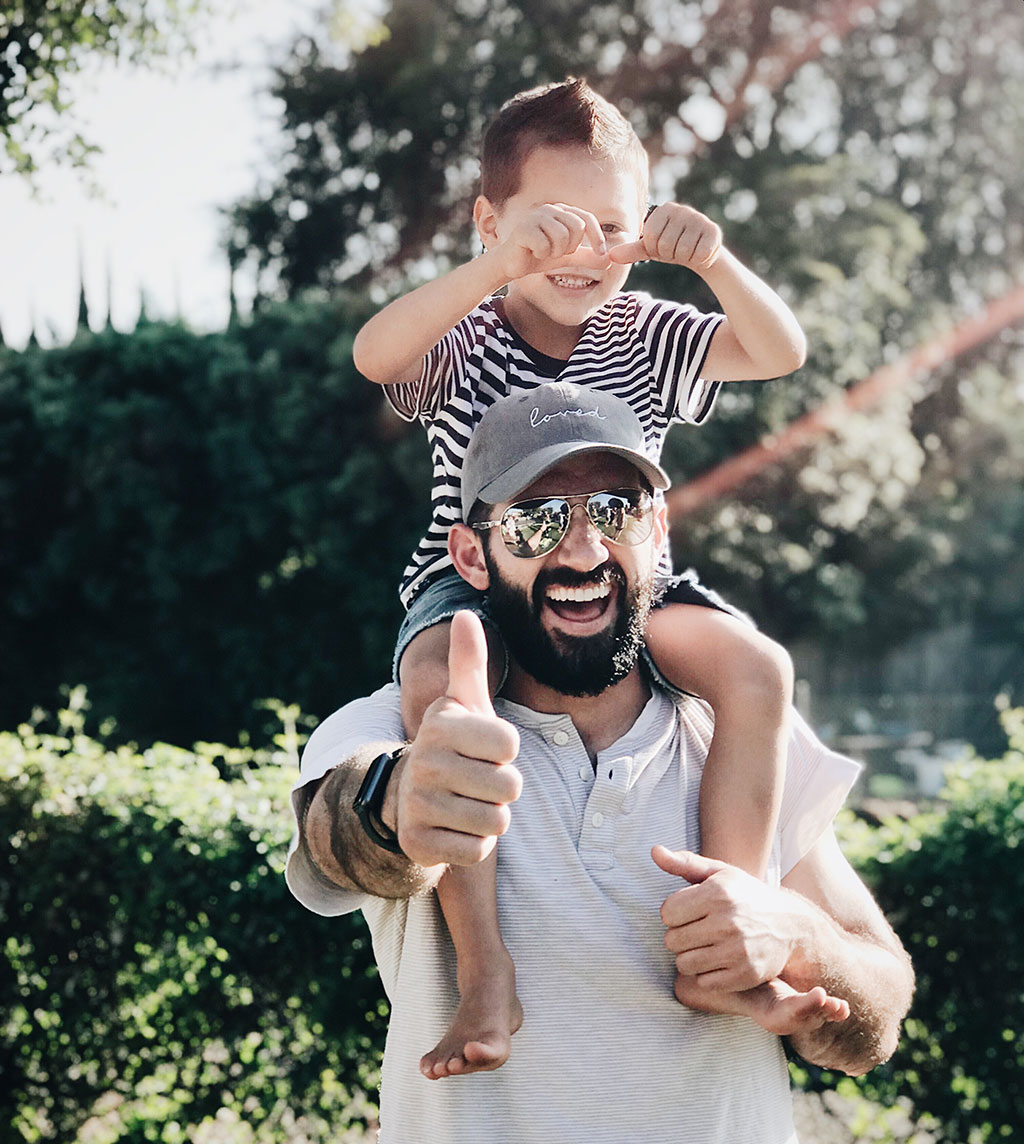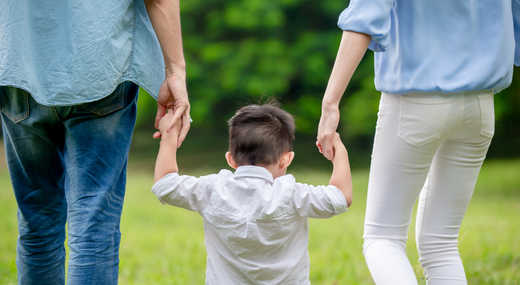Reunification: the end goal in foster care
Children can be placed in foster care for any number of reasons. While it’s always a last resort to remove children from their families, the goal is almost always to reunite them.
What is reunification in foster care?
Reunification is the process of returning a child or young person in foster care back into the care of their birth family. It’s achieved when the Department of Child Safety (the Department) deem that it’s both safe and feasible to do so. The Department aims to make these decisions with input from the children in care, their siblings (if any), the parents of the child, other members of their immediate and extended families, and the foster carers.
Several factors need to be determined in considering when the ‘right-time’ for reunification is. They include the child’s best interests, the child’s safety and wellbeing, and the wellbeing, willingness and ability of parent(s) to care for their children.
Why is reunification in foster care important?
Reunification of children in foster care with their families is important for their development. Successful reunification outcomes are dependent on the circumstances of their birth families and the reasons leading to the children needing foster care in the first place.
While there has been limited quantitative research into the benefits and outcomes for children of reunification in Australia, there is significant qualitative evidence to support it. Successful reunification is important for many reasons, especially for the child. It can help to rebuild and strengthen bonds with their immediate and extended family.
Reunification can lead to better outcomes for the whole family and improve a parent’s ability to care for their child. Most parents are capable of caring for their children; sometimes they just need extra support and resources to do so.
Reunification can also decrease the level of emotional stress that a child in foster care may experience as a result of being away from their birth family. Removing this stress can have a positive impact on their sense of emotional and physical security.
A child or young person is only returned to the care of their family following a thorough assessment, and with their best interests at the centre of decision-making processes. If it is not deemed safe for a child to return home, the Department of Child Safety may pause, review or extend reunification planning.
Factors for successful reunification in foster care
According to the Queensland Government Child Safety Practice Manual, there are four factors which underpin successful reunification outcomes for foster children and their families. They are: the relationship of the family and their assigned case worker, the contact between the child and their parent (while they are in care), the involvement that the foster carer has in mentoring the parent, and the support networks that the parent has access to to assist them in raising the child.
How to say goodbye
For foster parents, saying goodbye to the children in their care is a bittersweet moment in the reunification process. While it’s a positive thing for them to return to their families, carers cannot discard the close attachments and bonds that they often make with the child in their care.
Although it can be challenging to say goodbye, it’s important to remember the reasons that led to you becoming a carer to begin with. Here are some things to remember when saying goodbye:
Discuss and stay positive
Talk to members of the care team about what role you’ll play in the reunification process. You have lots of valuable information and experience caring for the child, that will help the child through the transition period. Try to remain positive and speak highly of the experiences that you and the child shared together.
Enjoy the time left with the child, and take time for yourself
Celebrate with the child by taking part in an activity that you all enjoy. Take some time out if you need. Remember that it’s okay to take some time between placements.
Seek support
Seek support and guidance from your loved ones and your foster care practitioner/ agency. Parting with the child in your care can be an emotional time, and you don't have to go through it alone.
Find out more about foster care and the reunification process
If you would like to learn more about foster care, the role of a foster carer, or the process of becoming a foster parent, make sure to register for an upcoming Q&A webinar. Our foster care practitioners will walk you through the process of becoming a foster carer, cover commonly asked questions, and open the floor for you to ask your own questions.

